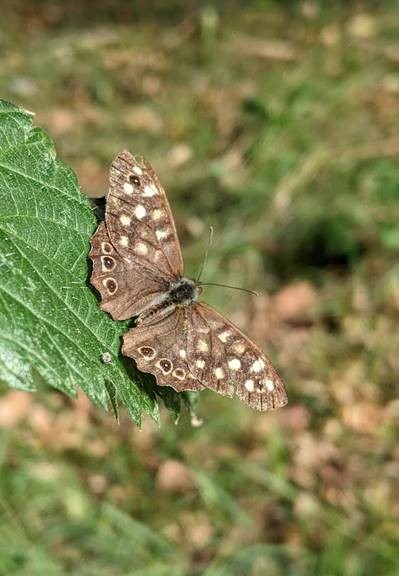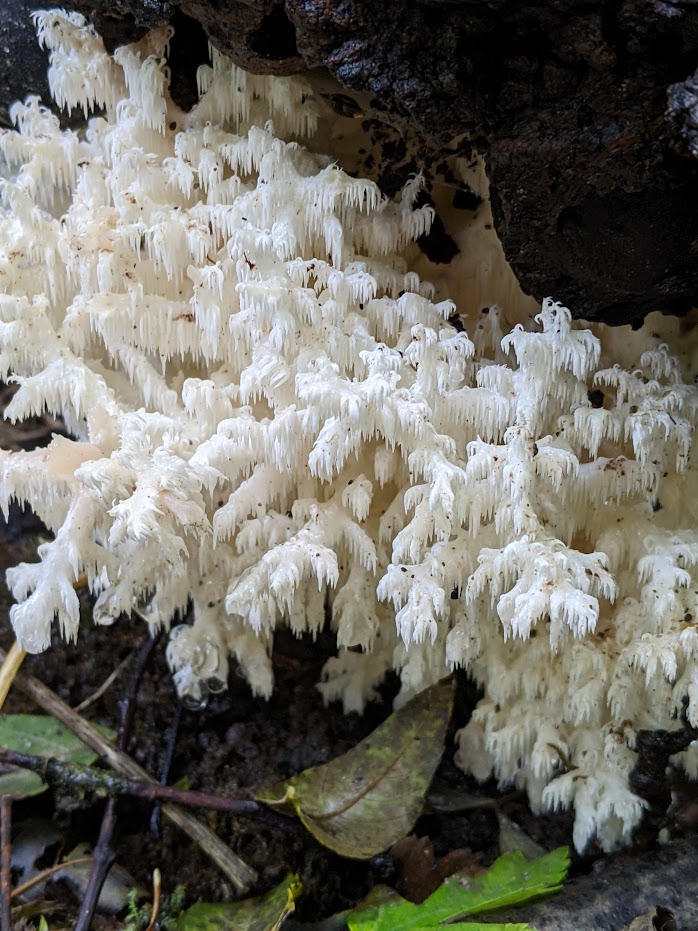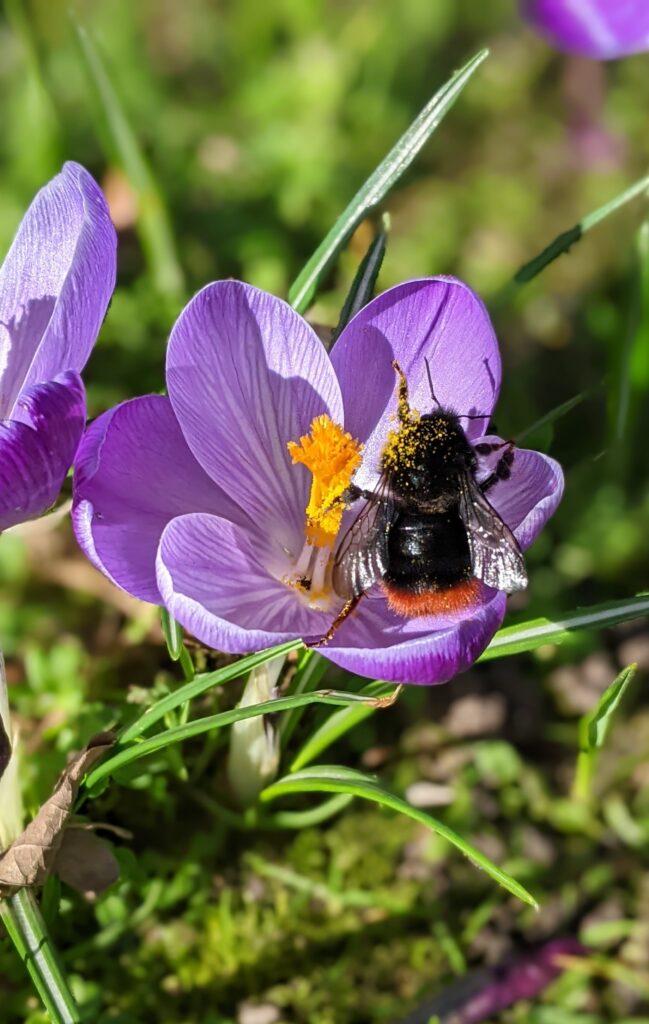Volunteering Opportunities
This is a guest blog, written by Dr Jo Jennings, who is a Visiting Member of Loughborough University.
Loughborough University’s buzzing campus: surveying the birds and the bees
Loughborough University showcases a green, vibrant and biodiverse campus and this has many benefits for the environment, health and wellbeing, and our social lives. Students and staff at the university are actively encouraged to enjoy the outdoor campuses in a variety of ways including taking part in our wildlife surveys. They engage – along with local volunteers and wildlife experts – in a number of surveys monitoring bumblebees, butterflies, fungi, birds, bats, moths and other insects, and these form part of our studies to document biodiversity at the Loughborough campus.
These volunteer opportunities have often featured in our sustainability blogs: here they are described together to detail the variety of surveys conducted on campus.
Our butterfly and bumblebee transects are walking routes through different environments on campus and are monitored throughout the summer, with both surveys feeding into national monitoring (Butterfly Conservation and the Bumblebee Conservation Trust).

The butterfly transect is a gentle walk of 10 sections, including an area of Holywell wood: each summer a rota is drawn up, with volunteers carrying out a weekly survey of the butterflies spotted on the route. The bumblebee survey is similar – a shorter route including our beautiful walled garden, and sometimes a little trickier to identify the different bee species!
In addition to these walking surveys, new for 2024 are FIT counts (Flower-Insect Timed Counts), in which students will be collecting data on the total number of insects that visit a particular flower over 10 minutes. The FIT counts help to monitor pollinators and can be carried out all over campus.
Alongside these, a number of experts and external partners offer students and staff the chance to join in biodiversity events on campus. In autumn the Leicestershire Fungi Group visit Holywell wood to survey the fungal species. In their recent survey of this ancient woodland, 38 different species were found in just two hours including a rare coral tooth fungus, Hieracium coralloides.

Local entomologists have surveyed on campus for several years, recording beetles, hornet moth burrows and over 180 species of moths. Bats are monitored by Leicestershire Bat Conservation Group and they have recorded eight bat species including brown long-eared bats with their stunning ears as long as their bodies.
Other wildlife surveys have included recording mistletoe on campus trees in winter and a dawn chorus spring walk to listen and record birds in Burleigh Wood.
All of these surveys offer an opportunity to observe the beauty of our wildlife up close and to learn about the various species in our locality. Our university strategy ‘Creating better futures. Together’ puts sustainability and addressing climate change and net zero at the heart of our agenda to 2030 – and these surveys are part of our Biodiversity Action Plan to support this institutional theme.


If this blog has piqued your interest and you would like to get involved in biodiversity surveys, you can see that there are lots of opportunities to volunteer. The Sustainability Team also offer roles as Sustainability Ambassadors and there are sessions to help out in our woodlands or develop wilding projects. Please contact the Sustainability Team, full training and partnerships are offered to get you up and running.
You can contact the Sustainability Team using the following email address: sustainability@mailbox.lboro.ac.uk.

This article is in support of the United Nations Sustainable Development Goal 15: Life on Land. To read more click here.
Sustainably Speaking
Loughborough University Sustainability Blog